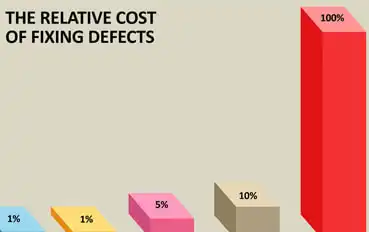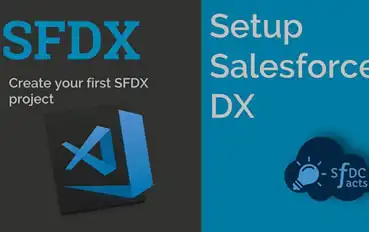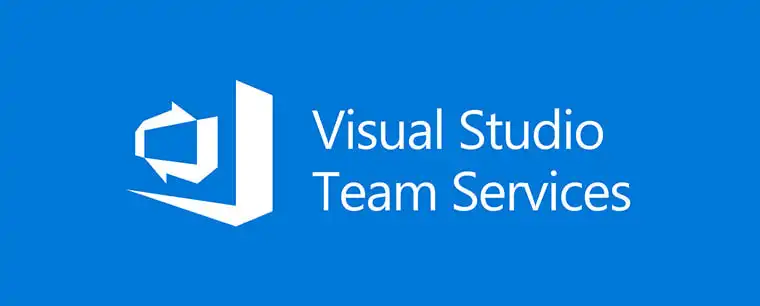DevOps tools are available to assist team members better address the various stages of the development pipeline. Stronger data security, better code, reduced errors—all of it combines to offer stronger applications and updates.

These tools are essential aspects of a well-rounded approach to Salesforce DevOps. They address similar aspects such as proper coding structures, but their individual roles go much deeper into their own specific focus.
So why use both a Salesforce code analysis tool and CI/CD? What do you stand to gain from combining both of these automated considerations into your dev pipeline?


 There is an almost endless stream of threats to your Salesforce data security. Cybercriminals are becoming more sophisticated every day. Outages can knock out servers. Natural disasters can eliminate connectivity. And bugs within your updates and applications can create opportunities for these data loss events to occur.
There is an almost endless stream of threats to your Salesforce data security. Cybercriminals are becoming more sophisticated every day. Outages can knock out servers. Natural disasters can eliminate connectivity. And bugs within your updates and applications can create opportunities for these data loss events to occur.



